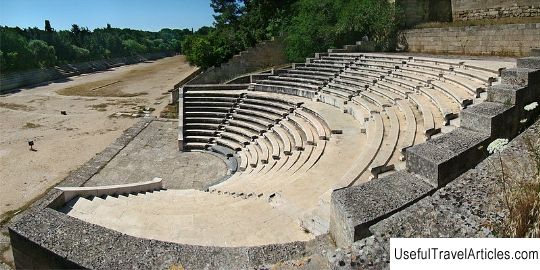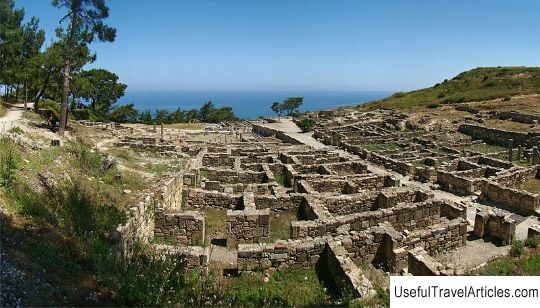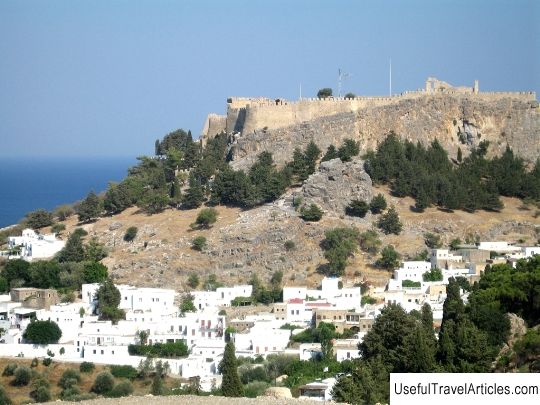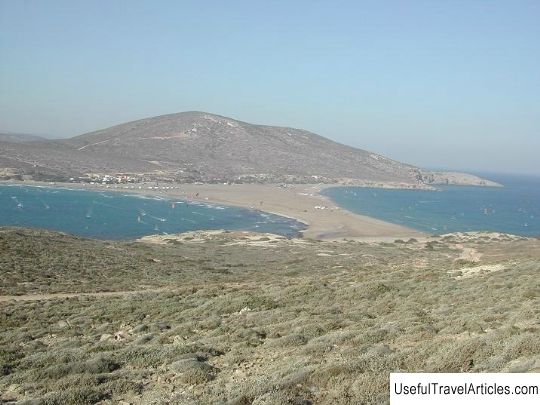Acropolis of Rhodes description and photos - Greece: Rhodes
Rating: 7,9/10 (4892 votes) 
Acropolis of Rhodes description and photos - Greece: Rhodes. Detailed information about the attraction. Description, photographs and a map showing the nearest significant objects. The title in English is Acropolis of Rhodes. Photo and descriptionA few years before the end of the Peloponnesian War (431-404 BC), the three largest cities of the island of Rhodes Ialyssos, Kamiros and Lindos united to build a single political, economic and religious center of the island. The place for the future city was chosen in the northern part of the island of Rhodes, which was very reasonable, since it made it possible to control the eastern part of the Aegean Sea. The peak of the heyday of the ancient city, which became one of the largest shopping centers of the Eastern Mediterranean, fell on the 3rd-2nd century BC Ancient Rhodes was built according to the famous hippodamous system - with wide streets intersecting at right angles , equal rectangular blocks and squares, etc. Some historians believe that the famous ancient Greek Greek architect-urban planner Hippodamus of Miletus personally developed the layout of the city, but no reliable data was found to support this theory. The Acropolis was located in the western part of the city on a hill known today as St. Stephen's Hill. The sanctuaries and various public buildings, traditional for the ancient acropolis, were located on stepped terraces reinforced with massive retaining walls. The first excavations of the Rhodes Acropolis began in 1912 by the Italian archaeological school in Athens. After the end of World War II, the Greek Archaeological Service took over the control of the excavation and restoration of monuments damaged during the war. The boundaries were established, designated as the Acropolis Archaeological Park, and a ban was imposed on any construction on its territory. Excavations of the Rhodes Acropolis are carried out today. Unfortunately, to date, archaeologists have identified only a part of the ancient structures, including the Temple of Apollo the Pythian, the Temple of Athena and Zeus, the nymphea (underground structures carved into the rocks), a marble odeon for 800 seats, the sanctuary of Artemis and the stadium.              We also recommend reading Montepescali description and photos - Italy: Grosseto Topic: Acropolis of Rhodes description and photos - Greece: Rhodes. |




